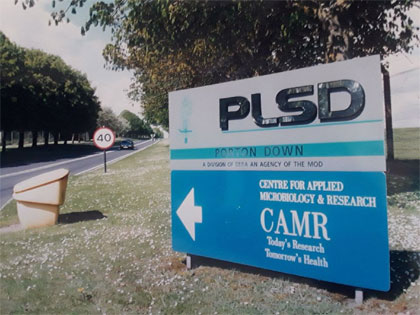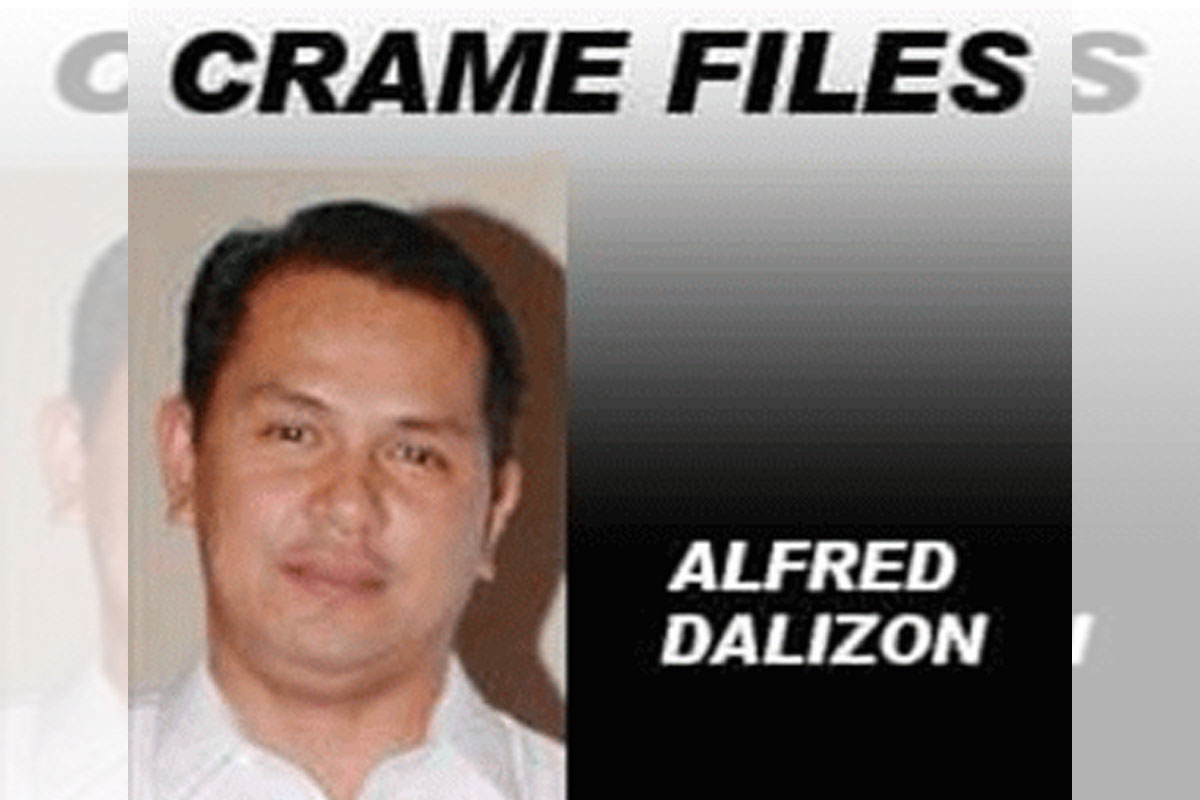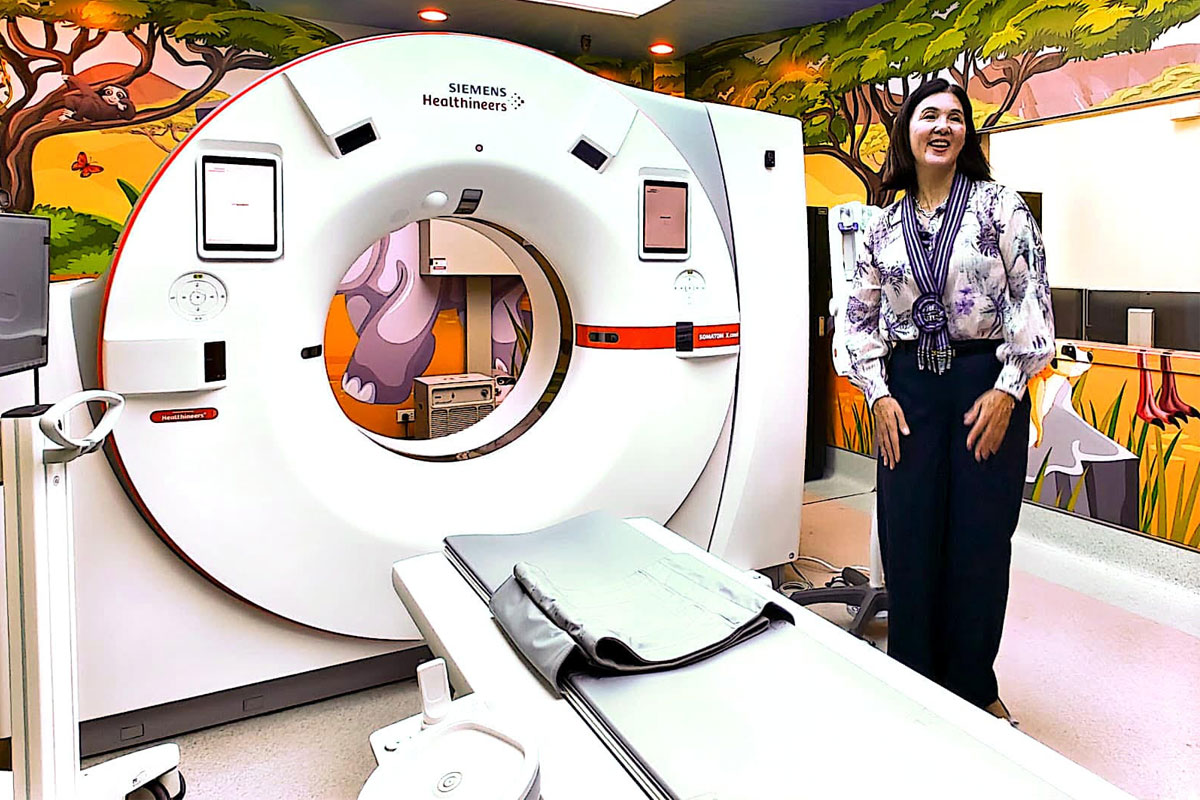
Mysterious Deaths: Cluster Killings and Conspiracies
To a lot of people, it might sound like the ultimate plotline of the equally ultimate conspiracy-thriller: dozens of scientists and technicians – all working on highly-classified programs, and all linked to one, particular company – dead under highly controversial and unusual circumstances. It’s a controversy that ran from the early 1970s to 1991 and remains unresolved to this very day.
And it all revolved around the top secret work of a company called Marconi Electronic Systems, but that became a part of BAE Systems Electronics Limited. Its work included the development of futuristic weaponry and spy-satellite technology. As far as can be ascertained, the first to die was a man named Robert Wilson who, by 1971, had carved for himself a successful career with Marconi, specifically at its facility in Chelmsford, England. By that time, however, Wilson was ready to move on and take his work to a new level and to a new company. It was a decision that may have spelled his doom. One Sunday afternoon in the following year, Wilson decided to finally get around to tidying up the attic of his home. As he did so, and to his concern, he stumbled upon a stash of files from his old employer. He could not imagine how they got there and, deeply worried, contacted Marconi. A major investigation was quickly launched.
Although Marconi’s security staff were seemingly satisfied that this was simply a case of Wilson having misplaced the files and forgotten about them, the story was about to turn both tragic and sinister – and quickly too. Less than twenty-four-hours later, Wilson put a bullet into his chest. He had been cleaning a gun – a loaded gun, no less, and one which had the barrel pointing directly at him as he cleaned it – when it accidentally discharged. Luckily for Wilson, the bullet missed his heart, as well as his vital arteries. He survived. Not for long, however. In 1973, Wilson was no more: his body was found in his garage, the result of carbon-monoxide poisoning. Wilson’s death was quickly followed by the passing of yet another employee of the very same Chelmsford facility: Jack Darlow. Whereas Wilson had shot himself in the chest, Darlow had stabbed himself with a long, sharp blade. Death came quickly. There was then a lull in the deaths, one that recommenced in 1982 – and with a vengeance. By this time, it sounds like all of this sinister activity could be put to the Men in Black, no less.
 (Nick Redfern)
(Nick Redfern)
It was in March 1982 that Professor Keith Bowden, whose computer expertise made him a valuable employee of Marconi, lost his life in a car accident. His vehicle left a three-lane highway at high speed and slammed into a railway line. Death was instantaneous. In March 1985, Roger Hill, a draughtsman with Marconi, died of a shotgun blast. His death was deemed a suicide. Just months later, the body of Jonathan Wash, an employee of a department within British Telecom that had extensive links to Marconi, was found on the sidewalk of an Ivory Coast, West Africa hotel. Wash fatally fell, or was pushed, from the balcony of his room. That Wash had told friends and family he believed someone was watching and following him, and that he suspected his life was in danger, added to the suspicions that his death was not due to accident or suicide. As 1985 became 1986, the death toll increased dramatically. On August 4, 1986, a highly-regarded young man, named Vimal Bhagvangi Dajibhai, jumped from England’s Clifton Suspension Bridge into the deep waters below. He did not survive the fall. There were more, too. Indeed, the figures were in the dozens, no less.
Now, let’s look at people working in the field of Microbiology. From the final months of 2001 to mid-2005, near-countless people employed in the elite field of microbiology – which is defined as the study of organisms that are too small to be seen with the naked eye, such as bacteria and viruses – died under circumstances that some within the media and government came to view as highly suspicious and deeply disturbing in nature. Many of the deaths appeared, at first glance at least, to have down to earth explanations. But, even those that were skeptical of the notion that the deaths were suspicious in nature could not deny one overriding and important factor: many of those dead microbiologists had secret links to worldwide intelligence services, including the United States’ CIA, Britain’s MI5 and MI6; and Israel’s Mossad. Inevitably, this mysterious collection of deaths, in such a tightly knit area of cutting-edge research, has led to a proliferation of theories in an attempt to resolve the matter. Some believe that a cell of deep-cover terrorists, from the Middle East, wiped out the leading names within the field of microbiology as part of a plot to prevent Western nations from developing the ultimate bio-weapon. A darker theory suggests that this same weapon has already been developed, and, with their work complete, the microbiologists were systematically killed, one by one, by Western Intelligence, in an effort to prevent them from being kidnapped by terrorists who may then have forced them to work for the other side.
The controversy largely began on November 12, 2001, when Dr. Benito Que, a cell biologist working on infectious diseases, including HIV, was found dead outside of his laboratory at the Miami Medical School, Florida. The Miami Herald stated that his death occurred as he headed for his car, a white Ford Explorer, parked on Northwest 10th Avenue. Police said that he was possibly the victim of a mugger. According to later developments uncovered by the media, however, the new word on the street was that Dr. Que had been attacked by four men equipped with baseball-bats.
This was later recanted, however, and it was stated by officialdom that Que had died of nothing stranger than cardiac arrest. And with that final statement in the public domain, police refused to comment any further on Que’s death, rather intriguingly.
Eleven days later, Dr. Vladimir Pasechnik, a former microbiologist for Bioreparat, a bio-weapons production facility that existed in Russia prior to the collapse of the Soviet Union, was found dead near his home in the county of Wiltshire, England. His defection to Britain, in 1989, revealed to the West for the very first time the incredible scale of the Soviet Union’s clandestine biological warfare program. And his revelations about the scale of the Soviet Union’s production of biological-agents including anthrax, plague, tularemia, and smallpox provided an inside account of one of the best-kept secrets of the Cold War. According to British Intelligence, Pasechnik passed away from effects of a massive stroke and nothing more. Indeed, there was a debate held at the U.K. Ministry of Defense about the whole affair when things really took off. And, the U.K.’s Porton Down facility got involved, too.
 (Nick Redfern) Porton Down
(Nick Redfern) Porton Down
Then, on November 24, 2001, the FBI announced that it was monitoring an investigation into the disappearance of a Harvard biologist because of “his research into potentially lethal viruses,” including Ebola. Dr. Don C. Wiley, 57, had last been seen in Memphis, Tennessee, where he attended the annual meeting of the Scientific Advisory Board of the St. Jude Children’s Research Hospital. His rented car was found at 4.00 a.m. on November 16 on a bridge over the Mississippi River, with a full fuel tank, and the key still in the ignition. Wiley had left the Peabody Hotel just four hours previously. He was due to meet his wife and two children later that same day in Cambridge, Massachusetts. FBI agents took an interest in Wiley’s disappearance because of his expertise and as a direct result of “our state of affairs post-September 11,” said Memphis-based FBI agent William Woerne. Wiley was a Harvard biochemistry and biophysics professor, and was considered a national expert on Ebola, HIV, herpes and influenza. In 1999, Wiley and another Harvard professor, Dr. Jack Strominger, won the Japan Prize for their discoveries of how the immune system protects humans from infection.
Notably, on the same day that authorities were diligently searching for Wiley, three more microbiologists were killed when a Swissair flight from Berlin to Zurich crashed during its landing approach. Altogether, twenty-two people died and nine survived. Among the dead were Dr. Yaakov Matzner, 54, Dean of the Hebrew University School of Medicine; Amiramp Eldor, 59, who ran the Hematology Department at Ichilov Hospital in Tel Aviv and a man who was a world-recognized expert in blood clotting; and Avishai Berkman, 50, director of the Tel Aviv Public Health Department. And the bodies continued to pile up. On December 12, 2001, it was revealed in the media that a leading researcher on DNA sequencing analysis had been found dead in the secluded northern Virginian farmhouse where he lived alone. The body of Robert Schwartz was discovered by neighbors, two days earlier, after co-workers at his place of employment reported he had seemingly skipped work and had missed a meeting. The list goes on and on. Of course, there’s a chance that all of these incidents were by suicide, ill health and so on. But, when you get what I call “Cluster Killings” – and that certainly happened in the domains of Marconi and Microbiology – we have to take a closer look. I suggest it’s time for someone to resurrect these cases and solve the mysteries, once and for all. Anyone up for the task?
MU*



















